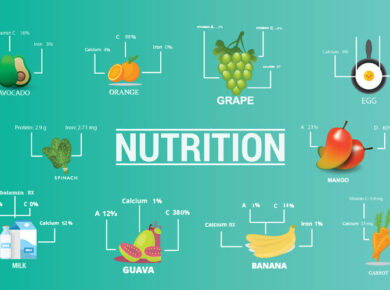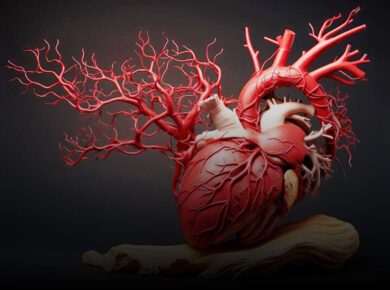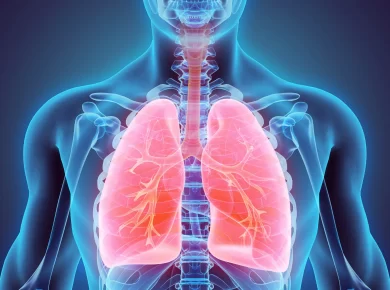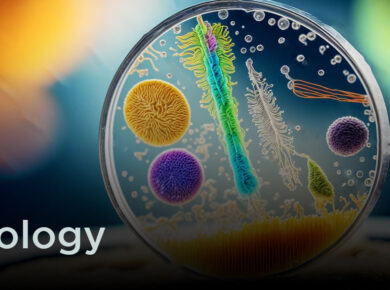Reproduction in Plants
Reproduction is one of the most important characteristic of all living beings. It is the production of one’s own kind. It is necessary for the continuation of the species on earth and also to replace the dead members of the species. The process by which living organisms produce their offspring for the continuity of the species is called Reproduction.
The modes of reproduction vary according to individual species and available conditions. It may be simply by division of the parent cell as in unicellular organisms, by fragmentation of the parent body, by formation of buds and spores, or it may be very elaborate involving development of male and female reproductive organs (stamens and pistils).
Irrespective of the mode of reproduction, all organisms pass on their hereditary material to their offspring during the process of reproduction.
In this lesson, you will study about the process of reproduction in plants.
The various modes by which plants reproduce are of three types –
(a) Asexual (b) Vegetative (c) Sexual
In Asexual mode of reproduction offspring are reproduced from a vegetative unit produced by a parent without any fusion of gametes or sex cells.
- A single parent is involved.
- Offspring’s are genetically identical to the parent.
(a) Asexual reproduction may be of the following types –
(i) Fission : As in unicellular organisms like bacteria and yeast where the content of the parent cell divides into 2, 4 or 8 daughter cells and accordingly the fission is known as Binary or Multiple Fission. Each newly formed daughter cell grows into a new organism.
(ii) Budding : A bud like outgrowth is formed on one side of the parent cell and soon it separates and grows into a new individual e.g. in yeast.
(iii) Fragmentation : in filamentous algae, an accidental breaking of the filament into many fragments, each fragment may give rise to a new filament of the algae by cell division e.g. Spirogyra.
(iv) Spore Formation : In lower plants including bryophytes and pteridophytes, special reproductive units develop asexually of the parent body. These are called spores. They are microscopic and covered by protective wall. When they reach the suitable environment they develop into a new plant body e.g. in bread moulds, moss, fern.
(b) Vegetative Reproduction : Involves formation of new plantlets from vegetative (somatic) cell, buds or organs of the plant. Here, a vegetative part of the plant (Root, stem, leaf or bud) gets detached from the parent body and grows into an independent daughter plant. It is similar to a sexual reproduction in that it also requires only mitotic division, no gametic fusion and daughter plants are genetic clones of the parent plant. We will discuss the different types of vegetative reproduction in angiosperms later in this lesson.
(c) Sexual reproduction involves fusion of male, and female reproductive cells (gametes) which are haploid produced by male and female reproductive organs. This fusion is known as fertilization and results in the production of a zygote (diploid). Further development of zygote gives rise to a new individual which is diploid.
Here, at some stage of the life history meiosis is involved and the offspring are not genetic clones of their parents.









